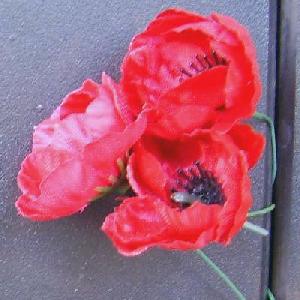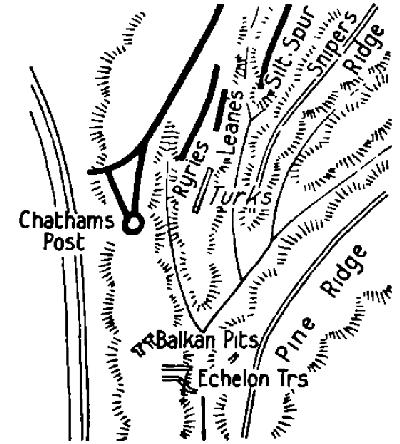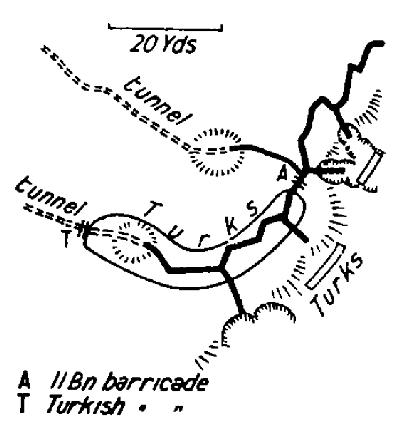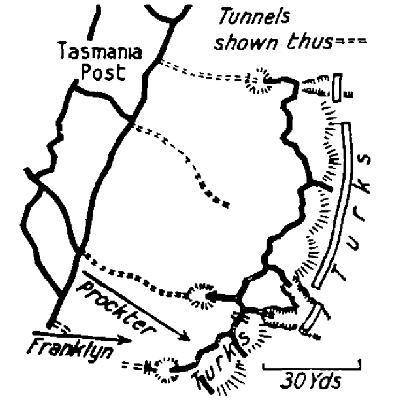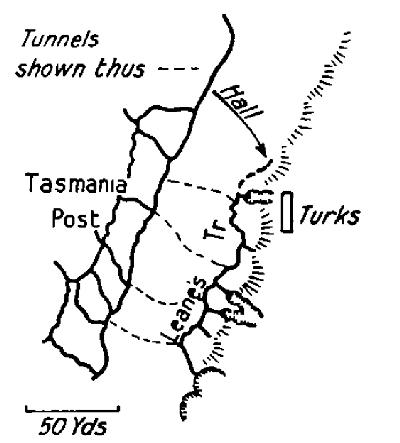Topic: BatzWF - Westn Front
The Battle of Fromelles
France, 19 - 20 July 1916
New York Times Account, 22 July 1916


A contemporaneous report of the Battle at Fromelles was carried in the New York Times of 22 July 1916. The information from the German War Office proved to be very accurate although never seen in any of the Allied nations in order to maintain morale. The article was well balanced giving equal weight to reports from all the combatants.
LONDON, July 21.-
The British have been pushing forward their front on their line running east from below Pozieres to the Delville Wood. Foureaux or High Wood, half way between Longueval and Martinpuich, has been entered and occupied, but German counterattacks have been able to win back half of the wood.
The Germans In an attack on the British on the northern edge of the Leipsic redoubt on the west of the front of attack succeeded in occupying British front trenches, but later were driven out, according to the British official communication issued at midnight. Elsewhere along the British front comparative calm prevailed today.
Some idea of the huge forces now engaged in the battle of the Somme in northern France is given in the official statement from Berlin tonight, in which it is stated that more than 200,000 French and British troops attacked the German lines north and south of the Somme Thursday on a front of twenty five miles.
Third German Line Reached.The British have again pressed forward to the German third line in the Foureaux wood, northeast of Longueval. This wood is an important strategic point, the capture of which would bring the forces of General Haig to the highest point on the ridge commanding the German positions in the less hilly country beyond, which is not so much broken up and not wooded, lending itself not so well to defense. This probably explains the desperate attempts of the Germans to hold the wood where the heavy fighting continues.
The Associated Press correspondent at the front states the Germans are bringing masses of troops from Verdun and guns from other points in an endeavour to stem the Allied advance. Meantime, the Indications are that the Allies are testing the strength of the German line at other points. The trench raid by Australian troops in the neighborhood of Armentières attracts much interest in this connection.
This attack by British forces against the Germans which was at Fromelles, north of La Bassee, on Wednesday, resulted in the loss by the attackers of more than 2,000 men Killed and nearly 500 men made prisoners, according to a statement given out by the German War Office today.
The statement admits that the German line along a front of about three kilometers (two miles) south of Hardecourt was driven from its first trenches into its second trenches, 800 meters is the rear. Enemy forces, the statement says, penetrated into the German salient at the Wood of Vermandovillers.
French Heavily Attacked.Positions captured yesterday by the French south of the Somme were subjected to a vigorous counterattack during the night. The Germans charged the French lines south of Soyecourt but, the French War office announced today, suffered heavy losses and were driven back in disorder.
A strong German detachment which advanced to the attack in the Chaulnes region was repulsed with the bayonet.
Between Soissons and Rheims the French penetrated a German trench, clearing it of its defenders.
On the Verdun front the artillery was active on both aides in the vicinity of Chattancourt and Fleury.
This is the British official statement given out in the afternoon:The battle continues without intermission between the Leipsic redoubt on the west and Delville Wood on the east. North of the Bazentin-Lonqueval line the British advance has been' pushed to Foureaux Wood, from which we drove the enemy.
During the night the enemy counterattacked, attacked, after an intense bombardment with gas shells, and succeeded in effecting entry into the northern part of the wood, but failed to dislodge us from the southern half.
Elsewhere there is no change.
Lull During the Day.
The British official statement issued tonight follows:Except for local encounters there has been a comparative lull in the main battle area today (Friday) and there has been no change in the situation since the last report.
The enemy made a bombing attack on the north edge of our positions in the Leipsic salient and succeeded at one point in entering our front trenches, but at once was driven, out.
Taking advantage of the, find weather the Royal Flying Corps yesterday continued their bombing operations against points of military importance with successful results. The hostile aircraft were inactive until evening when a good deal of fighting, took place behind the German lines. One of our offensive patrols encountered eleven German machines, and as a result, three German machines there shot down, one bursting into flames.
Another encounter between four of our machines and six of the enemy lasted forty-five minutes. One Fokker was; then shot down and another badly dammed. The remainder fled.
During other air combats a fifth, German machine was forced to the ground. Our total loss during the day was one machine.
It has now been established that the enemy's assault on July 18 on the Delville Wood area over a front of 2,000 yards was made by at least thirteen battalions drawn from four different divisions. The enemy's losses were correspondingly great.
Berlin Reports Big British Loss.
The official German statement received late this evening says:An attack by the English in the region of Fromelles on Wednesday was executed, we have established, by two strong divisions. The brave Bavarian division, before whose front the attack took place, counted on the ground in front of them more than 2,000 enemy killed, and brought in hitherto 481 prisoners, including ten officers and sixteen machine guns.
On both sides of the Somme the enemy yesterday, as was expected, prepared to deliver a main blow, but it failed. After the strongest fire preparation over a front of about forty kilometers (about twenty-five miles) attacks were made from south of Pozieres to west of Vermandovillers. More than seventeen divisions with more than 200,000 men participated in the attacks.
The result for the enemy is that the first line of the German division along a front of about three kilometers south of Hardecourt was pressed back front its foremost trenches into the next trenches, lying 800 meters behind, and enemy divisions penetrated into the salient of the little wood of Vermandovillers.
On the entire remaining front the mild onsets broke to pieces against the death-defying loyalty of our troops with extraordinary losses for the enemy. Up to the present, seventeen officers and 1,200 men have been captured.
On the remainder of the front there is nothing special to report. The artillery and mine-throwing activity south of La Bassee Canal and northwest of Lens, as well as in the Argonne and on both sides of the Meuse increased at intervals. North of Vendresse, in the Aisne region, small French detachments advanced after an explosion which was without result, but were repulsed and the crater was occupied by us.
In an air battle a hostile aeroplane was shot down and shattered south of Pozieres, and another northeast of Bapaume fell into our hands.
French Stop Counterattack.
The French afternoon statement follows:South of the Somme the enemy yesterday evening delivered a counterattack on our new positions to the south of Soyecourt. The battalion which led the assault was caught by our curtain of fire and by our machine guns and was thrown back in disorder after having suffered very great losses.
The night was calm on the other side of the Somme.
In the region of Chaulnes a strong detachment of the enemy which attempted to approach our lines south of Maucourt was repulsed with the bayonet.
Between Soissons and Rheims, to the northeast of Vendresse, a French reconnoitring detachment, assisted by the explosion of a mine, penetrated a trench of the enemy, which was cleared out with grenades.
On the Verdun front there was great activity of the artillery on both aides in the sectors of Chattancourt and Fleury.
In the Vosges after a violent bombardment. an attempt was made without success to storm our positions north of Wissembach.
On the day of July 20 and during the night of July 20-21 our aeroplane squadrons bombarded several important points behind the enemy's lines. The stations at Conflans, Mars-laTour, Longuyon and Brieulles and the railway junction at Ham were bombarded with many projectiles of large calibre.
The communication issued by the French War Office this evening says:There is nothing to add to the statement of this morning.
A German aeroplane this morning threw several bombs on Belfort. The material damage was insignificant.
The Belgian communication says:On the sectors south of Nieuport and around Dixmude there have been reciprocal artillery actions of slight intensity, The Belgian batteries have opened a destructive fire on the German works at Steenstraete. The fire of these batteries continues.
Further Reading:
The Battle of Fromelles, France, 19 - 20 July 1916, Contents
The Battle of Fromelles, France, 19 - 20 July 1916, Roll of Honour
Battles where Australians fought, 1899-1920
Citation: The Battle of Fromelles, France, 19 - 20 July 1916, New York Times Account, 22 July 1916




